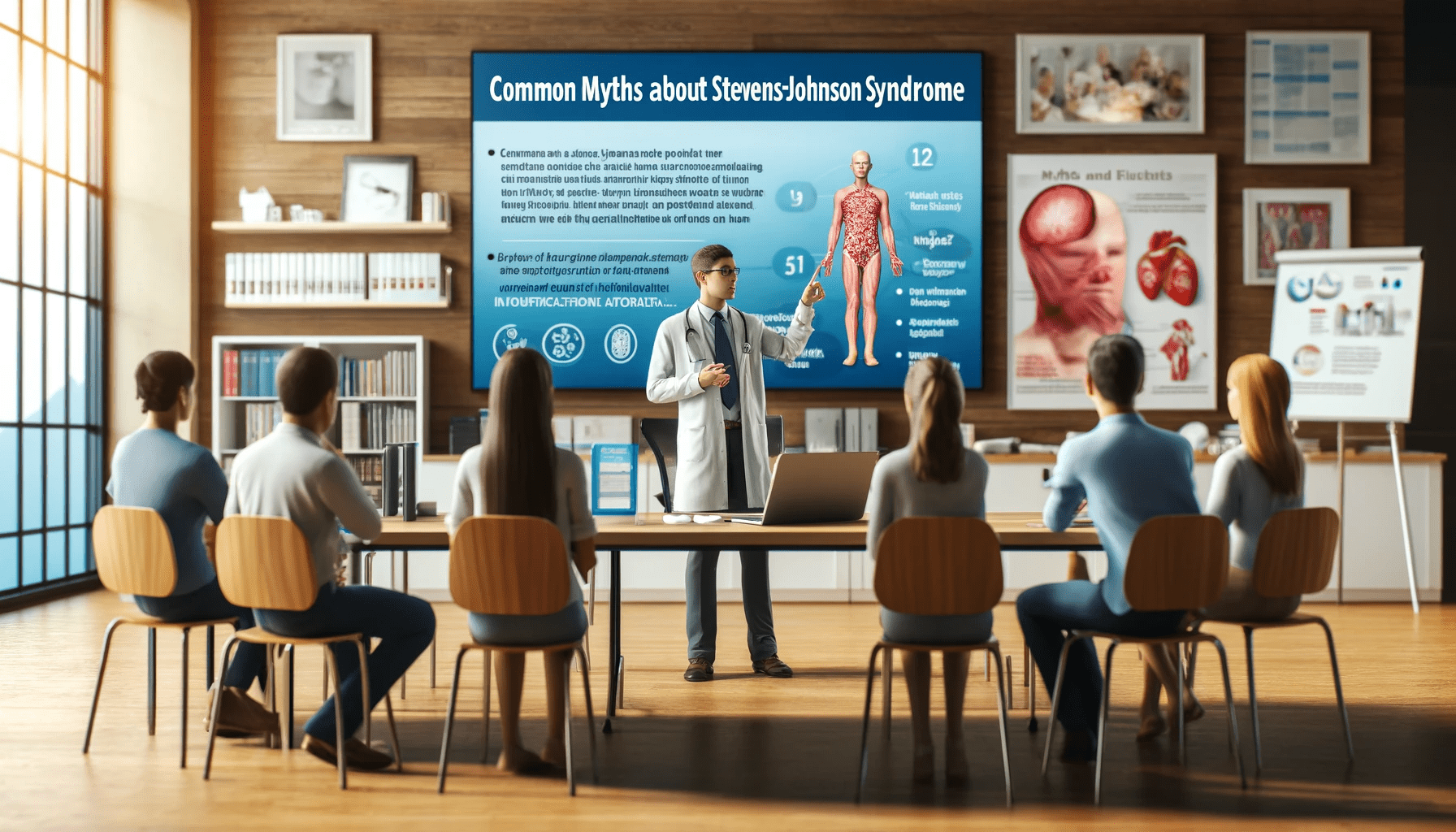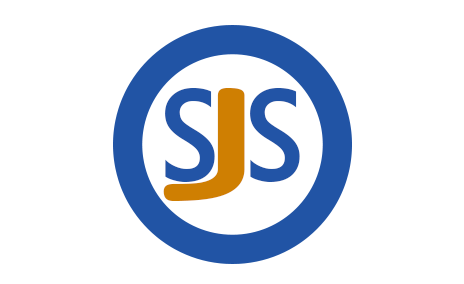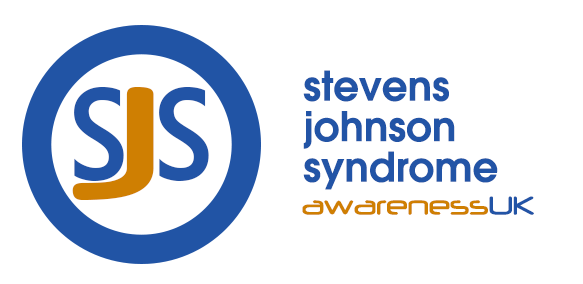
Common Myths and Facts About Stevens-Johnson Syndrome
Stevens-Johnson Syndrome (SJS) is a rare, serious disorder of the skin and mucous membranes, often misunderstood by the general public. This article aims to dispel common myths and present the facts about SJS, providing clear, accurate information for better awareness and understanding.
Myth 1: SJS Is Just a Skin Rash
- Fact: SJS is a severe reaction that can affect the skin and mucous membranes, can be life- threatening leading to serious health complications, and requiring urgent medical attention.
Myth 2: Only Certain Medications Can Cause SJS
- Fact: While some medications have a higher risk of triggering SJS, it can be caused by a wide range of drugs, including over-the-counter medications and antibiotics. In a few cases, it can be triggered by a viral infection.
Myth 3: SJS Is Contagious
- Fact: SJS is not contagious. It is a reaction to medication or an infection.
Myth 4: SJS Is Common
- Fact: SJS is rare, affecting 1 to 2 people per million each year. Reporting to the Yellow Card Scheme can help improve the accuracy of this statistics.
Myth 5: Children Cannot Get SJS
- Fact: SJS can affect individuals of any age, including children.
Myth 6: SJS Can Be Treated at Home
- Fact: SJS requires immediate medical attention, often in a hospital setting, to manage symptoms and prevent complications.
Myth 7: Once You Recover from SJS, It Can't Recur
- Fact: Individuals who have had SJS are at an increased risk of recurrence if they are exposed again to the triggering medication or substance.
Myth 8: SJS Only Affects the Skin
- Fact: Besides the skin, SJS can affect the eyes, mouth, throat, and even internal organs.
Conclusion
Understanding the realities of Stevens-Johnson Syndrome is crucial for early recognition, effective treatment, and support for those affected. Dispelling myths and spreading factual information can lead to better outcomes and awareness of this serious condition.

